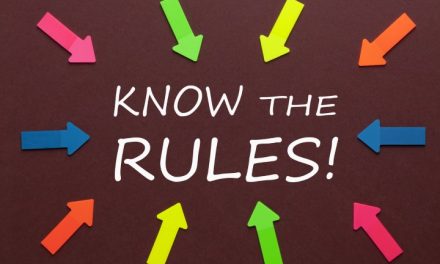The creator business is now a global trend. Anyone you see putting out regular content on social media is a creator. A creator is basically anyone who puts together and propagates content meant to educate or entertain on social media platforms. Many people nowadays are making lots of money from this. In 2021, Mr Beast was the most-paid YouTuber for that year globally. Imagine he brought in over US$54 million that year from YouTube content. The creator business is lucrative but you need to know the 6 key business models or revenue streams.
AdSense
This is the most basic business model for creators. In fact, most creators do not consider it to be their core business model. Regardless, it does bring in some appreciable revenue. For instance, 1 million views on YouTube can get you anything between US$2000 and US$15000. All things considered, that might not be much for some. All the same, AdSense is the foremost revenue stream that creators tap into. I once did an article on how to make money with Google AdSense from Zimbabwe. You can check it out it to know how it all works.
Brand Deals Or Sponsorships
This is the other business model and if handled well can bring in lots of money. These are essentially working arrangements that entail ad placement. A brand or any other business can contact you to tap into your audience. You can then have them sponsor your content or pay to get their ad featured on your content. If you watch content by creators on YouTube you are familiar with this. The thrust is to have at least a brand deal or sponsorship per block of content you put out.
There are different dynamics when it comes to brand deals or sponsorships. If paying with respect to views, brands, on average, pay between US$10 and US$50 per 1000 views. Some can pay with respect to the number of subscribers. For example, a brand can pay between US$3000 and US$5000 for ad placement per video for someone with at least 500 000 subscribers. These are global averages. It varies greatly.
Apparel Or Merchandise
Then there is apparel. This might not be applicable to everyone though. Plus it is usually best done when you now have lots of loyal followers online. Apparel simply refers to branded clothing items – this can be anything. It can also include other related accessories; so long they are branded.
Common examples are t-shirts, hoodies, caps, mugs, juice bottles, key holders, and the like. When followers are loyal to a creator they will typically want to have their branded apparel. In some cases you even find followers requesting the creator to provide such branded apparel. On average, but this varies greatly, a digital creator can bring in 20 percent (or more) of their total revenue from apparel or merchandise.
Content Syndication
We recently had a discussion on content syndication. It is another business model you can use as a digital creator. Here is what I said recently, “Content syndication is this context refers to a reality TV show being sold to several platforms that can air it. In a way, it is like selling screening rights to several platforms. When you produce a reality TV show you must aim to get it syndicated. That of course will depend on your production quality”. Thus there are certain forms of content that you can syndicate. Some though cannot be syndicated. If it is possible for your type of content then consider content syndication. You get to enjoy the convenience of creating once and enjoying recurring revenue for life.
Consumer Goods
Consumer goods refer to a broad category that covers mass-market items divided into consumer durables, consumer non-durables, and soft goods. Another definition is that consumer goods are any items produced or distributed for sale to be used, consumed, or enjoyed by a consumer. Thus it is clear that this can anything really. As a digital creator, your major thrust is to build a huge and loyal following.
This means there will be people you are highly engaged with. You can capitalize on that dynamic by selling anything to them that is relevant. It can be stuff you actually make or you can simply source and sell to them. It might not necessarily even be branded though branding can drive sales. For instance, Mr Beast now has a burger brand – that is an example of consumer goods. It is all about riding on your popularity online.
Pay Wall Or Membership Services
Paywalls are now a common means to monetize content nowadays. A paywall is a feature of a website, application or service that only allows access to certain pages, data, or features to paid subscribers. For YouTube creators one of the most common paywall service providers is Patreon. Patreon is a platform that allows creators to build memberships by providing exclusive access. Members can pay anything from US$1 per month. If you have many loyal followers you can realize lots of revenue from this. There are many paywall providers, be it for bloggers or video content creators. You can also consider setting up your own paywall or membership service for your content.
As a digital creator, these are the 6 business models you can consider. There can be more depending on how enterprising you are. It is important to note that the first 3 are the most common among creators. Your aim should be to employ as many of these business models as possible. It is important though to do everything when the time is right. Especially the last 3, you need to implement them much later on; do not rush to. Only when absolutely necessary too, otherwise you might waste time, money, and energy.









Trackbacks/Pingbacks